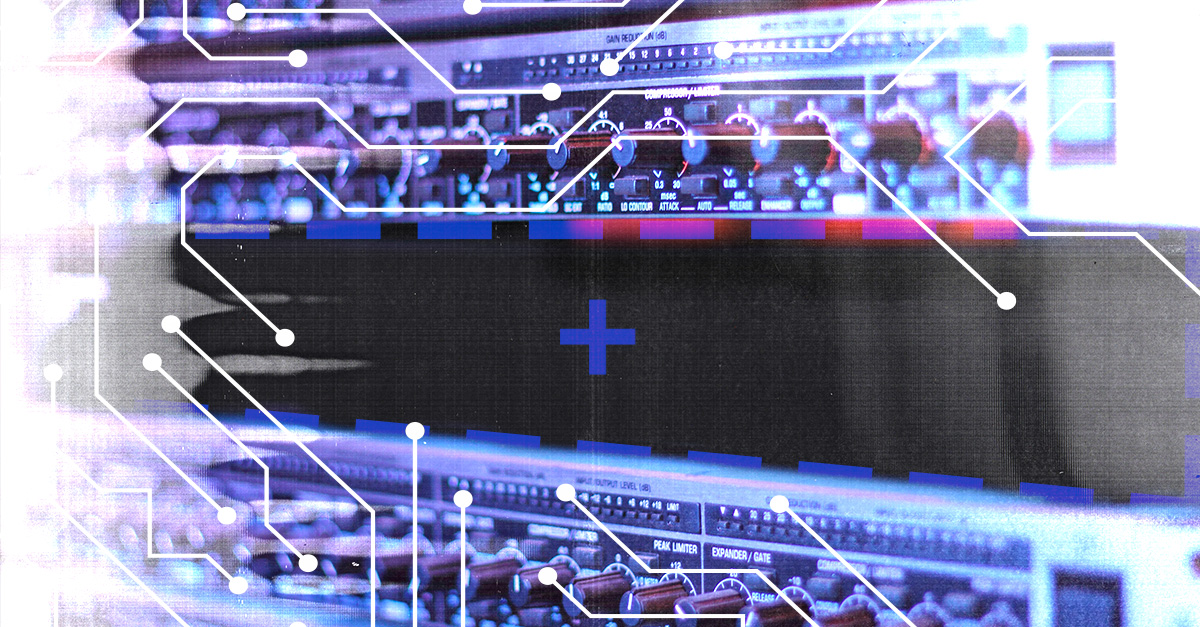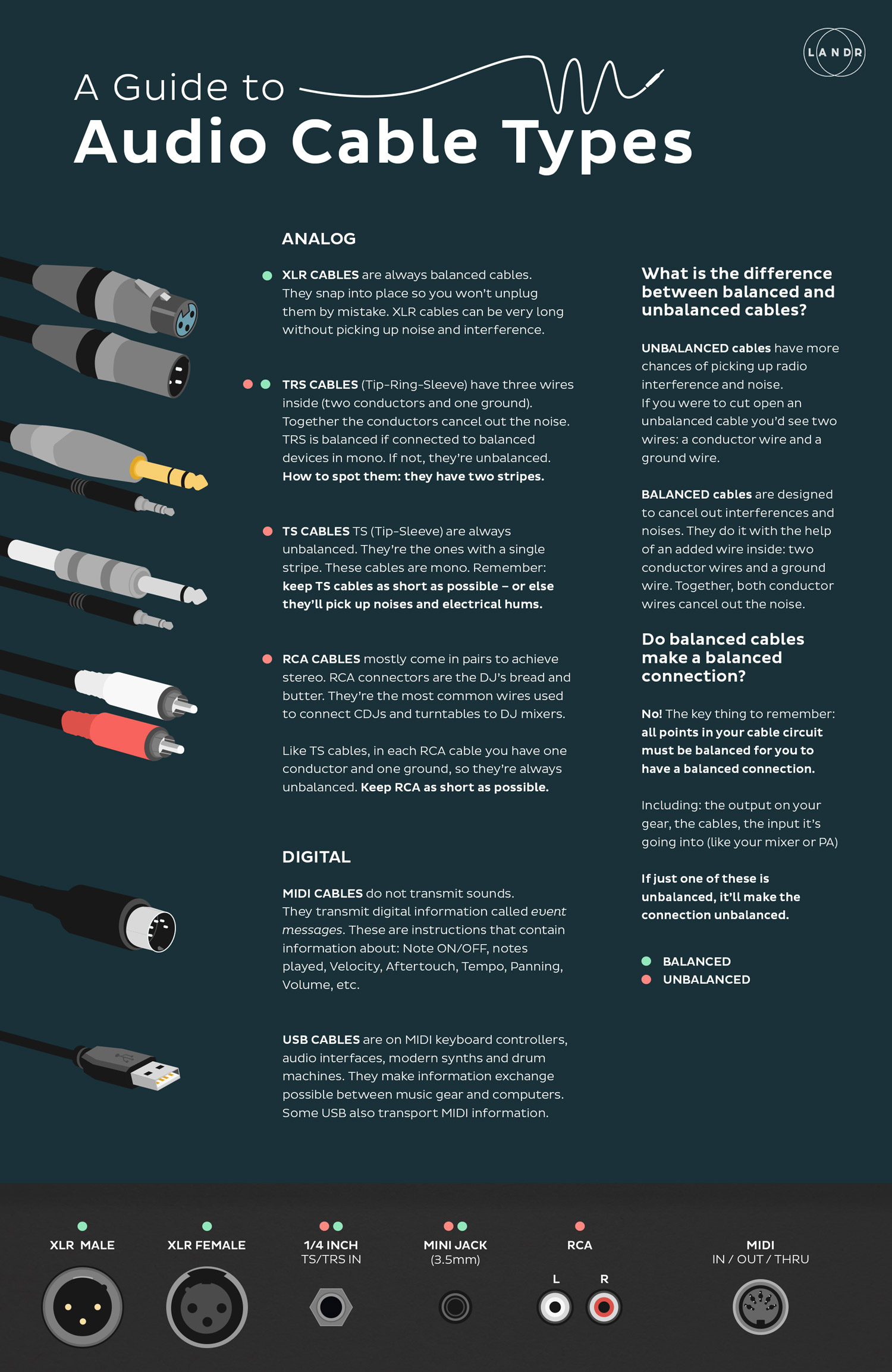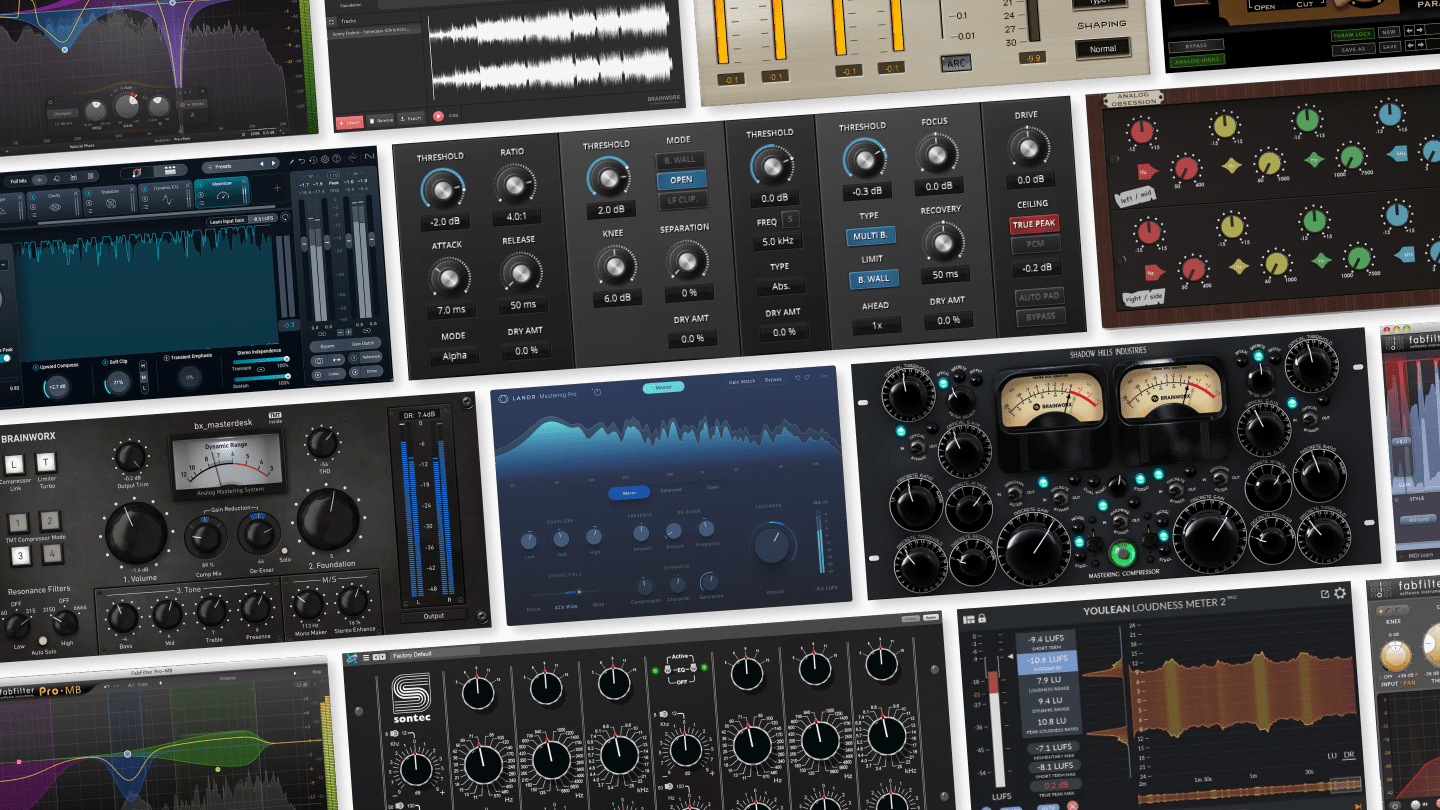
How to Choose an Audio Interface for Your Home Studio

Your audio interface is the centrepiece of your home studio. It’s the home of essential tools like your preamps, AD/DA converters and headphone amplifier.
Every sound that goes into your computer and comes back to your speakers has to pass through your audio interface.
With such an important part of your setup, buying your first interface or upgrading to a new one is a big decision.
In this article I’ll go through everything you need to know to choose the right audio interface for your home studio.
How to choose an interface
Modern interfaces are powerful studio tools. They’re packed with features.
When you choose an interface you’ll have to think about which features are most relevant to your workflow.
Here’s the most important audio interface features and how they impact your choice.
Connection type
Your audio interface uses a wired connection standard to transmit signals to and from your DAW.
In the past, audio interfaces needed to squeeze the maximum possible bandwidth out of any connection. Manufacturers kept pace with computer hardware developments like Firewire 400 and 800 to maximize throughput.
When you choose an interface you’ll have to think about which features are most relevant to your workflow.
But today’s standards like USB 3.0 and Thunderbolt are fast enough to accommodate a staggering amount of channels at ultra-low latency.
Even good old fashioned USB 2.0 can be enough for low channel counts.

Still, the connection standard on your audio interface matters. It affects the overall latency in your system as well as the number of simultaneous channels you can record and play back.
The most common connection standards are:
- USB 1.0 – Legacy standard only suitable for minimal audio duties.
- USB 2.0 – Good for basic interface tasks and low channel counts.
- Firewire 400/800 – Legacy standards mostly replaced by USB 3.0 and Thunderbolt for audio.
- USB 3.0 – Excellent transfer rate and bandwidth for audio applications.
- Thunderbolt – The fastest connection standard currently available.
Keep the connection type in mind as you ask yourself how many channels you’ll need and how important it will be to minimize latency.
Keep the connection type in mind as you ask yourself how many channels you’ll need and how important it will be to minimize latency.
Audio I/O

I/O or (short for input/output) is the number of audio channels available on your audio interface.
I/O is probably your most significant factor for interface shopping. In general, the more I/O an interface has, the higher the price will be.
It seems obvious, but more inputs will allow you to record more sources simultaneously.
Wondering why you would need more than two outputs?
Additional outputs allow you to create separate monitor mixes for different musicians during the session or incorporate outboard gear into your workflow.
That might make it sound like you should get the most channels you can for your money. But there’s a tradeoff.
A more expensive interface with fewer channels of I/O will actually have a higher fidelity signal path per channel.
A more expensive interface with fewer channels of I/O will actually have a higher fidelity signal path per channel.
So try to balance your I/O needs accordingly. There’s no point in investing in a massive 32×32 interface if you’ll only be recording one mic at a time.
Hot tip: The manufacturer’s I/O count often includes channels that can be added by connecting additional hardware to the digital inputs.
That figure represents the interface’s total inputs and outputs, but it may not be the same as the number of channels you can record straight out of the box.
Look out for the analog inputs spec of an interface—specifically the number of mic preamps that are available.
Additional connectivity
Modern interfaces are designed to be versatile audio solutions. That means there’s a lot more than just AD/DA onboard a modern audio interface.
Common additional ports on an audio interface include:
- MIDI I/O – Onboard MIDI ports allow your audio interface to double as a MIDI interface. This can can save you the hassle of connecting and configuring additional peripherals to communicate with your MIDI devices.
- Digital I/O – Digital inputs and outputs allow you to expand your interface’s available channels. You can use them to add an external preamp with onboard conversion for sessions that require extra I/O. Common types of digital connections are ADAT Lightpipe, S/PDIF and AES/EBU. Interfaces with digital I/O give you the room to expand in the future if you find yourself tracking more and more channels simultaneously.
- Instrument level DI – ¼” inputs for directly connecting guitars or synths spare you having to buy standalone DI boxes to get direct access to your preamps.
- Reamp outputs – Reamp outputs are similar to an instrument DI in reverse. These outputs will allow you to use instrument level guitar effects pedals as outboard gear, or completely re-record the tone of a part without have to play it again.

Interfaces with digital I/O give you the room to expand in the future if you find yourself tracking more and more channels simultaneously.
Software/DSP
With so many interfaces on the market, manufacturers set themselves apart with their bundled software or onboard DSP capabilities.
Interface offerings from plugin powerhouses like Universal Audio and Native Instruments come with a suite of proprietary software that can be a huge draw for users looking to build their plugin library.
Onboard DSP—or digital signal processing chips—allow audio interfaces to function as powerful standalone devices. That means you can route audio within the interface even without a DAW app running.
UAD, Apogee, Presonus, MOTU and others offer robust DSP environments for creating cue mixes, monitoring with zero-latency or tracking with effects and modelling.
These features can seem difficult to use at first but once you get used to them they can become a cornerstone of your workflow.
Interface Off
Your interface is probably the most important part of your setup. Choosing the right one is a big deal.
Now that you have a handle on everything you need to know to choose an interface, it’s time to check out some interfaces.
If you want to see what’s out there, check out our guide to The 52 Best Audio Interfaces on the Market to get a taste of what’s out there.
Gear guides, tips, tutorials, inspiration and more—delivered weekly.
Keep up with the LANDR Blog.




